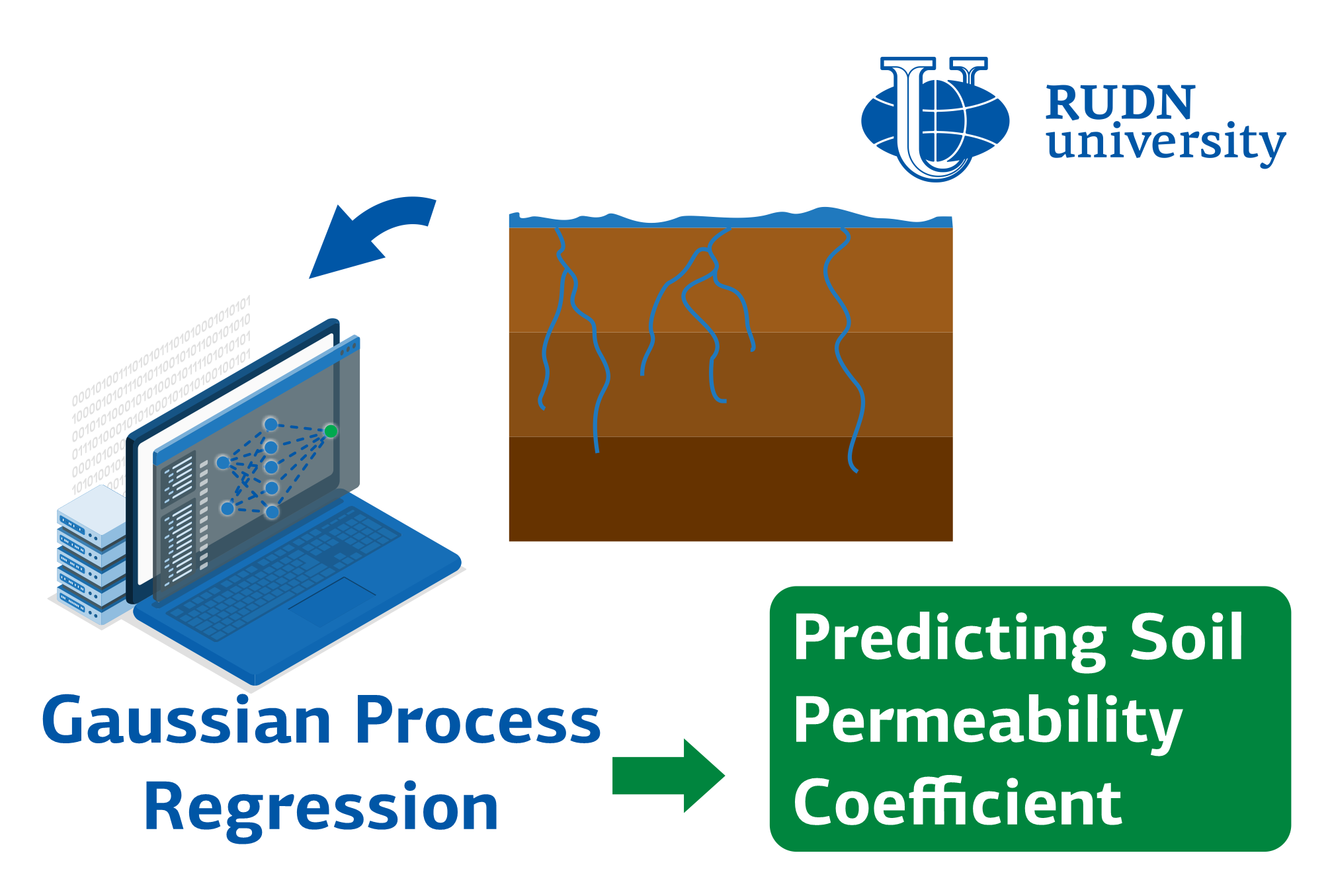A RUDN professor together with scientists from Malaysia, Pakistan, and Thailand create a novel model using machine learning that predicts soil permeability. This is a critical parameter for the design of structures, which is difficult to calculate manually. The results are published in Sustainability.
“For the design of construction projects, it is extremely important to determine the coefficient of soil permeability. This is one of the most important steps in assessing groundwater, runoff, and drainage. Soil permeability depends on a variety of parameters, including mineral composition, soil density, soil structure, water content, void ratio, and others. Laboratory tests can be used to determine permeability. However, these methods are costly, complex, time-consuming, and tedious,” said Kazem Reza Kashyzadeh, Professor, Department of Transport, RUDN University.
The researchers used data from 84 samples to train and test the model. All of them were obtained during the design of the Da Nang–Quang Ngai route in Vietnam. The efficiency of the obtained model was checked by counting statistical errors. The model considers six soil parameters and predicts permeability. During the training process, the researchers split the data so that each characteristic’s contribution to the resulting permeability could be examined separately.
Among the several algorithms tested, the so-called Gaussian process regression proved to be the most suitable. The coefficient of determination, that is, the value that shows how fully the model explains the dependence on variables, for the best model was 95%. Previous results did not exceed 77%. RUDN researchers also compared the degree of influence of different parameters on permeability. The most important were the specific gravity and the percentage of clay.
“We evaluated and compared the performance of the models with the help of statistical error rates. The analysis of performance indicators revealed that the Gaussian process regression model gives the best and most reliable result. Therefore, this model can be used in further research,” said Kazem Reza Kashyzadeh, Professor, Department of Transport, RUDN University.


